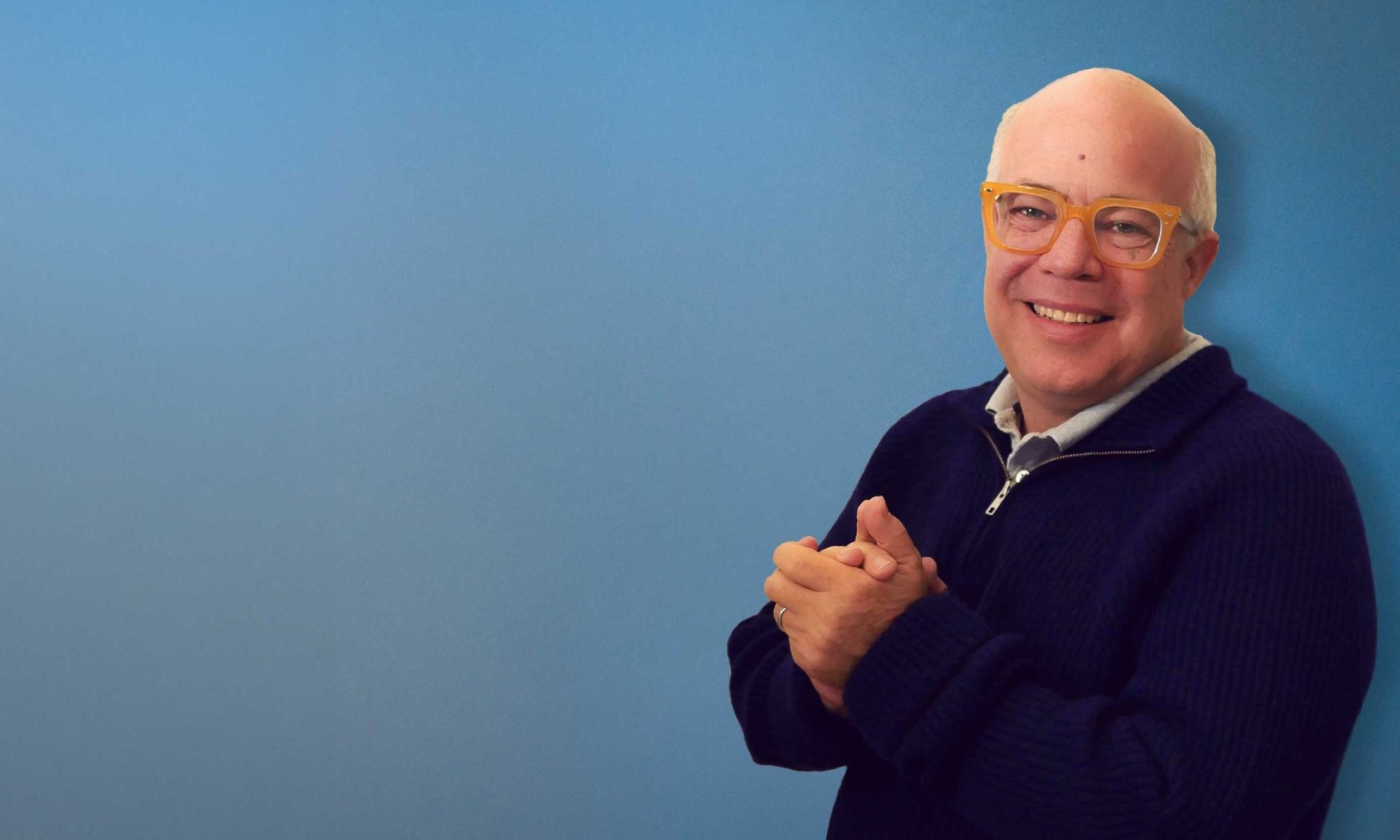Recently I read a critique of the “SEAL” initiative in the UK, a government mandate to ensure all students systematically and consistently learn about emotions. The critique is poorly grounded, sensational, and self-promotional — but there was one point that’s been hovering. It said, in essence: This approach has never been fully tested so it is unreasonable to experiment on a generation.
On the one hand, this is eminently reasonable. We ought to look before we leap. So we do a great deal of research (both empirical and observational) and use that to define best practice. There is now a substantial body of research on SEL (see the case), but of course not enough for certainty.
On the other, we are already experimenting, so the question isn’t “experiment or not,” it is, “do our best to rationalize this experiment or bury our heads in the sand.”
The experiment underway is a tsunami of social change. As a society we’re in the midst of a chaotic, uncontrolled experiment — introducing variables from GMO foods to youth who average 60 hour of TV time to instant messaging to billions spent on marketing to children (versus 1/50th only two decades before).
In the face of these unprecedented, chaotic, and stress-inducing forces, we must find ways to balance — like surfing on tidal waves.  As educators, we do not have the luxury of certainly. We need both the immediate intervention — our best efforts crafted from a blend of reason and compassion — and the carefully considered and well-evaluated response.
As educators, we do not have the luxury of certainly. We need both the immediate intervention — our best efforts crafted from a blend of reason and compassion — and the carefully considered and well-evaluated response.
But we can’t wait too long. Each year we spend contemplating and debating, millions of children miss another year of opportunity… and then the experiment changes again.
Further, it occurs to me that education has always been an experimental journey.
At one point, the field of education had never tested the teaching of anyone but nobility. At another point, the use of pencils had never been tested. Or teaching of girls – and girls and boys together – and teaching of people of multiple races together… more recently, education had never tested the effect of raising a generation who used electronic typewriters. I remember the joy when my parents bought an IBM Selectric which would re-type a report from memory! And the consternation of some of my teachers when I was bringing reports without white-out-corrections (was I cheating??)
To teach at all requires a certain arrogance — based in a belief that we know what will help the next generation solve the problems they will inherit from us (that’s right – those very problems we have patently failed to solve). Ideally we balance that arrogance with incredible compassion, not just for humanity but more for these individual people, these delightful, confusing, challenging, and unique humans. In the abstract we can research and debate — but when it comes down to the mat, there are children who need us, and they are the promise, the one chance for tomorrow, and they can not wait for us to figure it out. So in the end, teaching is an act of hope.

 As educators, we do not have the luxury of certainly. We need both the immediate intervention — our best efforts crafted from a blend of reason and compassion — and the carefully considered and well-evaluated response.
As educators, we do not have the luxury of certainly. We need both the immediate intervention — our best efforts crafted from a blend of reason and compassion — and the carefully considered and well-evaluated response. “Boring” – she said it more delicately. “I mean, what would you ask?” **
“Boring” – she said it more delicately. “I mean, what would you ask?” ** @ lunch today confess to eavesdropping (funny word) on 2 young women talking about their lives and decision to make conscious choice about how they want their days to add up into a life.
@ lunch today confess to eavesdropping (funny word) on 2 young women talking about their lives and decision to make conscious choice about how they want their days to add up into a life. I haven’t read it, but thought the premise of this book sounds right on!
I haven’t read it, but thought the premise of this book sounds right on! 
 I’m pretty comfortable with the way things are right now – it’s not all it could be, but is pretty great. Hard work to change – worth it? Will think!
I’m pretty comfortable with the way things are right now – it’s not all it could be, but is pretty great. Hard work to change – worth it? Will think!